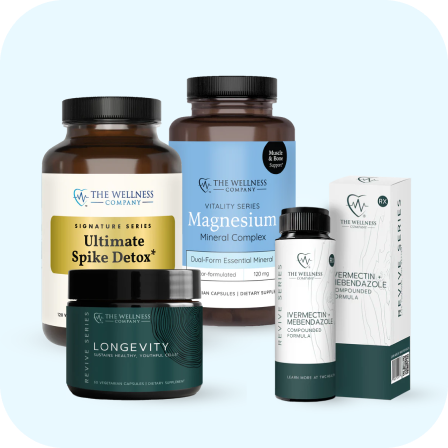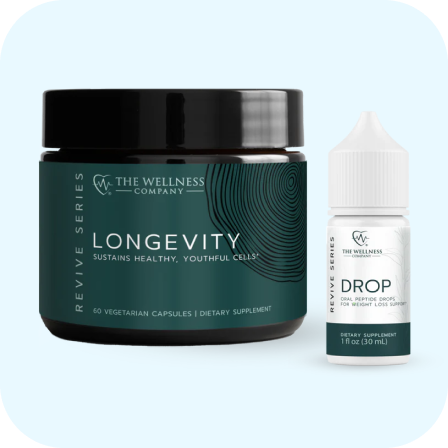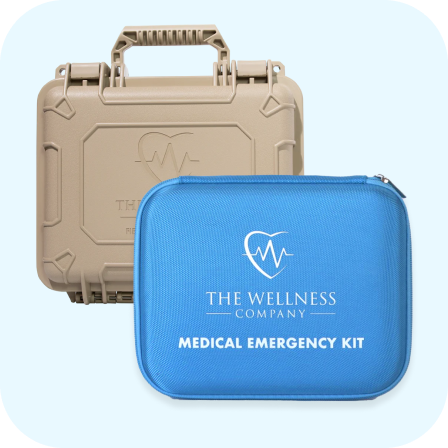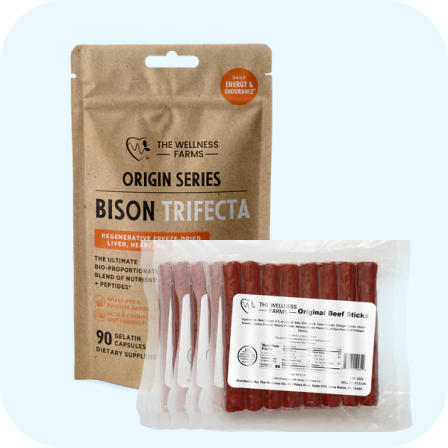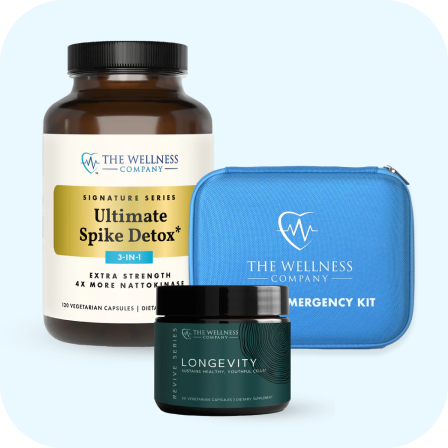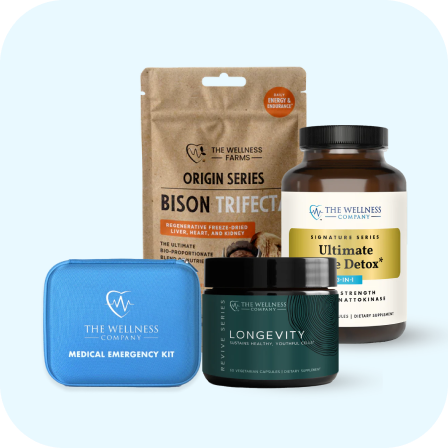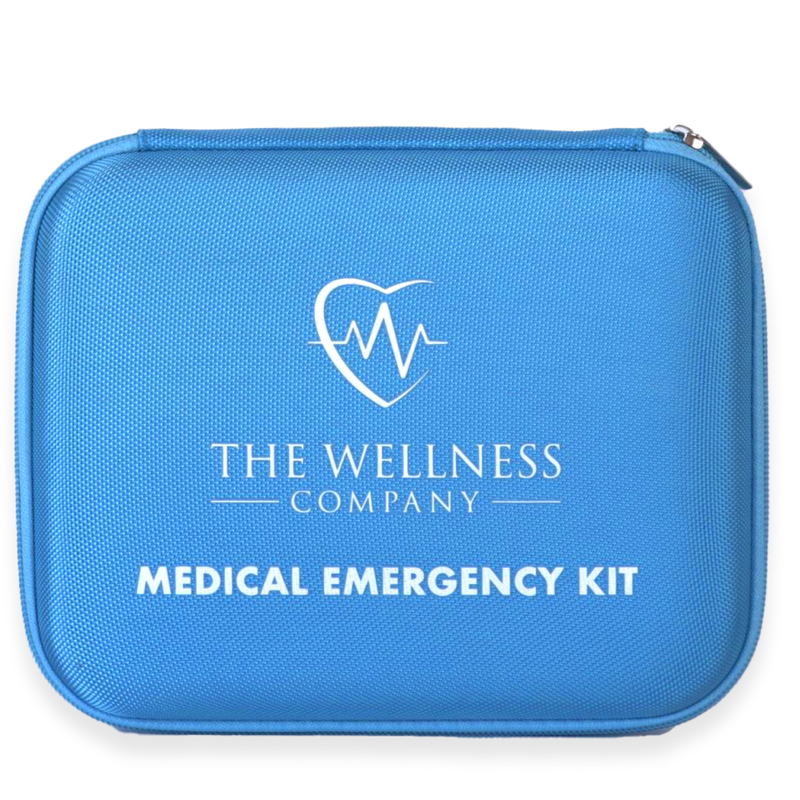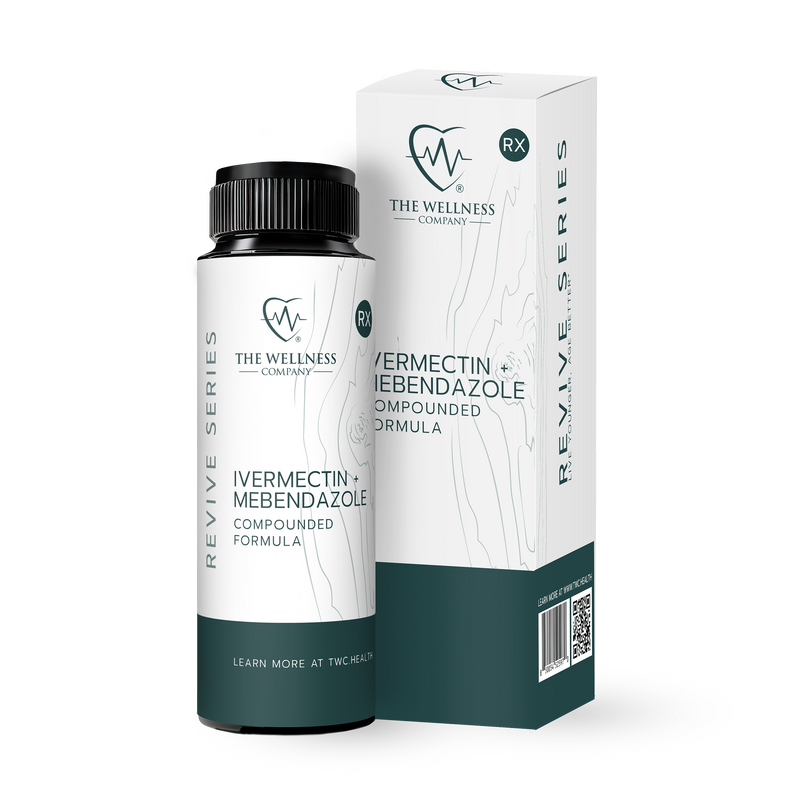In the Realm of Medical Preparedness, this is Often the Most Overlooked Item
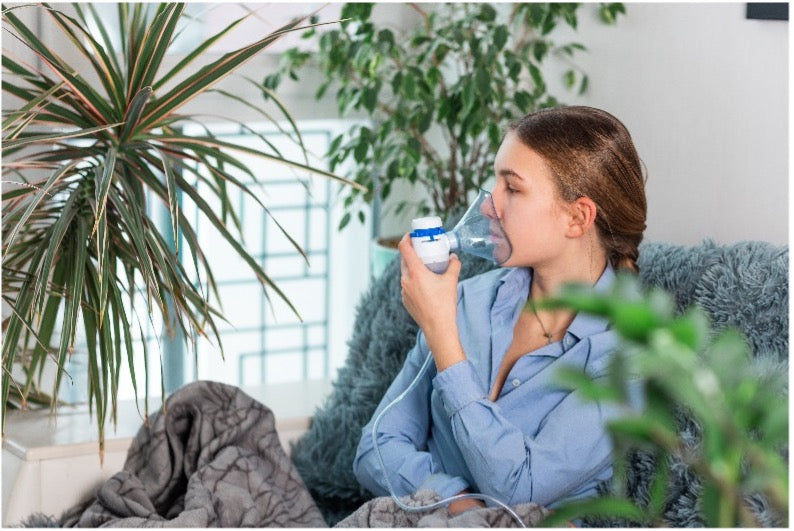
There is a popular saying that you can’t go more than:
- 3 minutes without air
- 3 hours without shelter (depends on where you live, of course)
- 3 days without water
- 3 weeks without food
If you catch a respiratory illness - from either COVID or other respiratory disease - and you aren’t prepared, you have put yourself in a very dangerous position.
Anything that has to do with breathing and/or respiratory health needs to be at the top of everyone’s list of medical preparedness supplies.
A dangerous situation that you could have prevented.
Along with stocking up on your vitamins D, C, A, zinc, and other supplements, a nebulizer can mean the difference between life and death, if medical help is unavailable or medication for the nebulizer is out of stock.
What is a nebulizer?
A nebulizer is a device used to administer medicine to the lungs. It converts liquid medicine from a liquid state into a very fine mist, which is inhaled using a face mask or mouthpiece. Taking medicine this way allows it to go straight into the lungs and the respiratory system where it is needed.
The device works by either oxygen or compressed air. or ultrasonic vibration depending on the model.
History of nebulizers
Nebulizers, or aerosolized devices have been around for thousands of years.
Shamans have historically used pipes for the delivery of psychotropic medications in their ceremonies. Indians of Madras used Datura, a poisonous plant, in therapeutic doses, as treatment for asthma.
Datura was also used by asthmatics in Great Britain when it was imported back in 1803. The leaves of datura were made into cigarettes and were used by asthmatics until 1992.
The modern nebulizer was introduced to the U.S. in 1949 when ultrasonic nebulizers made their first appearance in the form of humidifiers, but doctors were quick to add medications to produce therapeutic aerosols. (1)
Types of nebulizers
Nowadays, nebulizers come in both electric or battery-run versions and are either portable (so you can carry them with you) or meant to sit on a table and plug into a wall. Handheld nebulizers are popular, as they allow portability and convenience because of their compact design. These devices are lifesaving, relatively inexpensive, and are easy to use.
Nebulizer uses.
Nebulizers are prescribed to people with the following lung disorders:
- Asthma
- Chronic obstructive pulmonary disease (COPD)
- Cystic fibrosis
- Bronchiectasis
- Nebulizers also have a role in treating respiratory infections such as COVID-19. (off-label, and over-the-counter solutions)
- Pneumonia
What can you put in a nebulizer?
Nebulizers are very versatile and lend themselves to many respiratory medications and preventative medications and solutions. From prescription to over-the-counter homemade solutions, a nebulizer can be lifesaving.
Prescription drugs used in nebulizers.
Some of the prescription drugs used in a nebulizer include (according to Drugs.com):
- Albuterol is a bronchodilator that relaxes muscles in the airways and increases airflow to the lungs. Albuterol inhalation is used to treat or prevent bronchospasm, or narrowing of the airways in the lungs, in people with asthma or certain types of chronic obstructive pulmonary disease (COPD).
- Ipratropium is a bronchodilator that is used to prevent bronchospasm in people with COPD (chronic obstructive pulmonary disease), including bronchitis and emphysema.
- Bronchodilators are drugs that open (dilate) the breathing passages by relaxing the bronchial smooth muscle. They make breathing easier for people with asthma or other lung conditions.
- Anticholinergic bronchodilators (or muscarinic receptor antagonists) block the parasympathetic nerve reflexes that cause the airways to constrict, so allow the air passages to remain open.
- Mucolytic agents (also used in cystic fibrosis) thin mucus secretions.
- Budesonide, a corticosteroid or steroid (cortisone-like medicine). prevents inflammation (in the lungs and decreases the number and severity of asthma attacks.
Budesonide is included in the Contagion Emergency Kit, for off-label use.
In a 2021 study titled “Inhaled budesonide in the treatment of early COVID-19 “, the authors concluded: “Early administration of inhaled budesonide reduced the likelihood of needing urgent medical care and reduced time to recovery after early COVID-19.” (2)
Over-the-counter solutions
Some over-the-counter solutions include colloidal silver, iodine, glutathione, and hydrogen peroxide or a combination of these solutions have been found to be effective against viral infections and other respiratory illnesses.
- Hydrogen peroxide solution shows promise in treating Covid-19
Dr. James Thorp, MD, chief of Maternal & Prenatal Medicine for The Wellness Company, has researched a safe and effective treatment for the management of COVID-19 using a nebulized saline solution. He adapted the recipe from Dr. Mercola and Dr. Brownstein’s protocols (See below for the downloadable pdf with recipes). A 2020 review published in Medical Hypothesis found that hydrogen peroxide may be beneficial in killing viruses such as Covid-19 (3)
How hydrogen peroxide kills the Covid-19 virus:
Hydrogen peroxide is made in small amounts in the body, including in the epithelial cells of your lungs.
Peroxide is generated by pathogen-killing immune cells at sites of inflammation in the body. It kills pathogens, such as the Covid-19 virus.
By nebulizing with hydrogen peroxide, you augment the body’s ability to combat infection.
How to use a nebulizer
- Wash your hands well.
- Assemble nebulizer parts and medications.
- Put together the nebulizer machine, tubing, medicine cup, and mouthpiece or mask
- Put the prescribed amount of medicine into the nebulizer cup.
- Place the mouthpiece in your mouth and close your lips around it to form a tight seal. If using a mask, make sure it fits snugly against the face.
- Turn on the nebulizer machine. A light mist should appear from the tube opposite the mouthpiece or mask.
Each nebulizer comes with specific instructions for cleaning and storage. Follow the manufacturer’s instructions.
TWC’s Saline/Hydrogen Peroxide Nebulizer Protocol
Nebulizing hydrogen peroxide (H202) loses its effectiveness as the respiratory infection gets worse.
The goal is to stop the virus before it gets deep into the lungs where it causes severe inflammation and can progress to serious illness.
At the first onset of symptoms, nebulize for 5-15 minutes every waking hour.
Once you start feeling better, nebulize every 4-6 hours until you feel 100 percent better.
(This protocol was adapted from Dr. Mercola and Dr Brownstein’s nebulizer protocols)
Step1- Make 0.9% normal saline:
Ingredients
- 2 cups water (appx 473 ml) - Boil water before using to remove contaminants.
- 1 teaspoon of pink Himalayan salt or sea salt for purity
Instructions
- Add two cups of water and one teaspoon of salt into a mixing container. Stir the solution until completely dissolved. (makes a 0.9% ‘normal saline’ solution of 0.9%).
- Pour the solution into a sealable glass jar with a tight-fitting cap.
Step 2- Add to the 2 cups saline water:
- 1 tablespoon (appx 15 ml) 3% FOOD GRADE hydrogen peroxide. Make sure it contains no additives or stabilizers. MUST BE FOOD GRADE Amazon carries 3% hydrogen peroxide and water with no additives. Must be FRESH, and when opened, must be capped tightly, and maintained in the refrigerator or it will decompose to water and be ineffective.
This will yield a 0.095% saline-hydrogen peroxide solution, similar to Dr. Mercola’s recipe.
- 1 tsp (~ 5ml) 3% food grade hydrogen peroxide to 2 cups saline solution
This will yield a .032% saline-hydrogen peroxide solution, similar to Dr. Brownstein’s recipe.
How to use:
- Make sure the solution is well mixed before using.
- Add 5 mL, which is 3-4 droppers full, or about 1 teaspoon of hydrogen peroxide and saline solution.
- Put the mask on and breathe in the nebulized hydrogen peroxide solution.
- Start nebulizing with hydrogen peroxide as soon as you start feeling unwell.
- Use it for 5 to 15 minutes every hour until you start feeling better. You may likely feel better within the first day.
- Once you are better, reduce nebulizing to every four to six hours until a few days after you are completely well.
To read more on Dr. Mercola and Dr. Brownstein’s protocols, check out this link.
Just like Dr. Thorp’s protocol, be sure to cap the mixture tightly and store it in the refrigerator.
Dr Mercola’s protocol recommends a 0.1% hydrogen peroxide-saline solution.
(yields 2 tablespoons, you may double the recipe if desired or make a fresh batch as needed)
- ¼ tsp of 3% hydrogen peroxide
- 7¼ tsp saline solution (see above recipe)
Dr. Brownstein’s protocol recommends a 0.04% hydrogen peroxide-saline solution.
(yields 1cup, 1tsp)
- 2/3 tsp hydrogen peroxide
- 1 cup saline solution (see above recipe)
- If desired, for further efficacy against covid, add 1 drop of Lugol’s iodine to the nebulizer solution before each use.
Citations
- Dessanges JF. A history of nebulization. J Aerosol Med. 2001 Spring;14(1):65-71. doi: 10.1089/08942680152007918. PMID: 11495487.
- Ramakrishnan S, Nicolau DV Jr, Langford B, Mahdi M, Jeffers H, Mwasuku C, Krassowska K, Fox R, Binnian I, Glover V, Bright S, Butler C, Cane JL, Halner A, Matthews PC, Donnelly LE, Simpson JL, Baker JR, Fadai NT, Peterson S, Bengtsson T, Barnes PJ, Russell REK, Bafadhel M. Inhaled budesonide in the treatment of early COVID-19 (STOIC): a phase 2, open-label, randomised controlled trial. Lancet Respir Med. 2021 Jul;9(7):763-772. doi: 10.1016/S2213-2600(21)00160-0. Epub 2021 Apr 9. Erratum in: Lancet Respir Med. 2021 Jun;9(6):e55. PMID: 33844996; PMCID: PMC8040526.
- Caruso AA, Del Prete A, Lazzarino AI. Hydrogen peroxide and viral infections: A literature review with research hypothesis definition in relation to the current covid-19 pandemic. Med Hypotheses. 2020 Nov;144:109910. doi: 10.1016/j.mehy.2020.109910. Epub 2020 Jun 1. PMID: 32505069; PMCID: PMC7262503.
Written by Brooke Lounsbury







